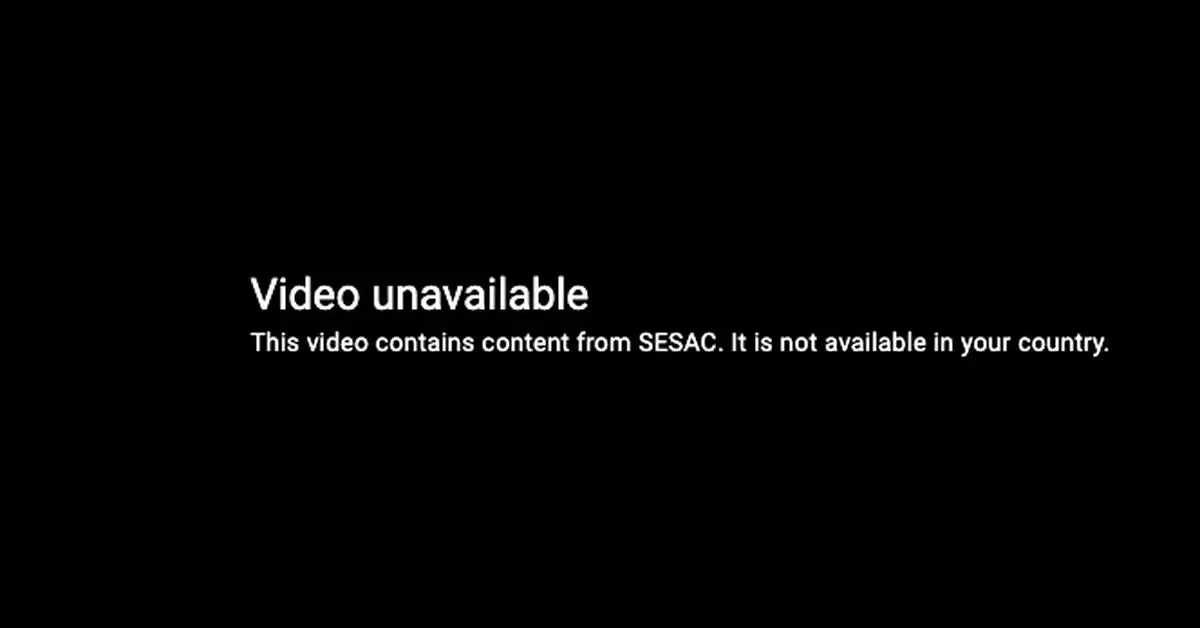The digital music landscape experienced a significant disruption when a substantial portion of beloved tracks featuring renowned artists vanished from YouTube and YouTube Music. This abrupt removal shocked many users who flocked to the platform to stream hits from iconic musicians like Adele, Kanye West, and Kendrick Lamar, only to be met with a stark message indicating that the videos were “unavailable” due to licensing issues involving SESAC. This incident raises pressing questions about the implications of copyright and licensing practices in the digital age, as well as the fate of the songs in question.
SESAC, or the Society of European Stage Authors and Composers, has played a pivotal role in the music rights landscape since its establishment in 1930. While SESAC might not have the widest reach compared to its larger counterparts, such as BMI and ASCAP, it represents an impressive catalog of more than 1.5 million songs and boasts a diverse membership of over 15,000 songwriters, composers, and publishers. The relatively recent acquisition by Blackstone in 2017 further intensifies its influence in the industry. Understanding SESAC’s role is crucial to grasping the broader implications of the current music availability crisis on YouTube.
The immediate question for music lovers centers on the timeline for the restoration of these missing tracks. Although SESAC maintains a large and searchable database of its repertoire, not all songs are uniformly impacted, adding a layer of complexity to the situation. Discrepancies in which songs were removed create confusion, as some tracks, like Kanye West’s “Power,” still remain accessible, while others are blocked. The sheer scale of SESAC’s offerings complicates public understanding and response to this issue.
YouTube provided some insight into these licensing disruptions, highlighting that despite good faith negotiations for an agreement renewal, they failed to reach a satisfactory arrangement with SESAC. As a result, songs represented by SESAC will remain inaccessible in specific regions, including the United States, until a deal can be reached. This revelation further underscores the importance of copyright adherence, but it also raises concerns over the accessibility of music—a vital medium in contemporary culture.
This situation sheds light on a larger trend related to music rights management within the context of streaming platforms. As platforms like YouTube continue to dominate the market for music consumption, the delicate balance between copyright protection and user access remains under constant scrutiny. The need for equitable agreements that cater to both rights holders and consumers is paramount.
Users and industry stakeholders alike must remain vigilant and informed about the evolving intricacies of music licensing. Ultimately, the endeavor to restore the lost tracks on YouTube is more than a simple negotiation; it reflects the ongoing struggle between artistic rights and digital accessibility. As conversations continue between YouTube and SESAC, the hope is to strike a deal that will bring beloved music back to the streaming platform, ultimately enriching the digital music experience for millions worldwide.

